
The Scribe of Kells
2006by Eric Whollem
copper carbonate and oxides on white
earthenware clay
Photo copyright by the artist
CLICK ON IMAGE TO ENLARGE
Mythographic Sculpture
A DISCUSSION OF THE TERMS 'PRIMITVE,' 'NEOPRIMITIVE,' 'FAUX-NAIF' & 'AUTOCHTHONOUS' AS THEY MIGHT BE USED IN APPLICATION TO MODERN ART
Mythography is the science of mythology. It's practitioners are
a type of ethnographer or anthropologist. There have been many
terms and labels applied to the work of artists who have incorporated
ethnic materials into their art. Not all of these designations are completely
satisfactory. For example, the term 'neoprimitive' rings false because the
expression 'primitive' is now passe in anthropology and archaeology,
as it is perjorative to cultures outside the range of modern society.
A video of my ceramic sculptures.
It has been demonstrated seen that so-called 'primitive' peoples are in
fact quite sophisticated. Logically 'neoprimitive' should be just as
unsatisfactory as 'primitive;' so the use of both these terms is, in my
opinion, not entirely appropriate for a proper description of a work
of art.
Neoprimitivism actually began as an art movement in Russia in 1913;
but subsquently the term has entered general useage.
See:
THE FAUX-NAIF CONCEPT
The label 'faux-naif' is especially distasteful to artists who work in
a childlike manner. There is really nothing false in their attitude or
manner of expression. And 'naivite' is a doubtful attribute which
calls up a host of difficulties. The issue of what is truly naive vs.
non-authentic naivite forms a great pitfall for objective understanding
of the arts.
'Naivite' is defined as 'artless,' in one connotation. And being
falsely artless, or 'faux-naif' is either redundant or could be construed
as a double negative. Art that is 'artless' also poses logical problems.
There are indeed so many problems with the concept of 'faux-naif,'
that it seems amazing that anyone takes it seriously at all. This
expression poses as many problems as would the hypothetical
'faux-primitif.'
We do not need to cope with artlessness for artlessness's sake or
other absurdities. It seems that the 'naive' is a 'beast' best left
alone. Fauvism and Art Brut are schools of art who have avoided
the complications of the perjorative application of 'naive' to artists.
Some artists are actually comfortable with these monikers; to each his own.
The Fauves were the 'Wild Beasts' and happy with their designation;
so let us not trample too harshly on animalistic metaphors while
ducking the implications of dubious categorizations at large. Those
involved in Art Brut were champions of the art of the madman, or
madwoman, as the case may be. It is one thing to promote this
link in application to one's own art; but it is another to be labelled
thus by a critical voice. This all goes to show that one is treading on
treacherous ground when crossing the landscape of art categories.
The artist who chooses to work in a childlike manner is in very much
the same position as those cultures who do not like to be called
'primitive.' Paul Klee is famous for his interest in children's art; but
very, very few critics of art would label him 'faux-naif' as he is an
established celebrity.
See:
AUTOCHTHONOUS ART
There has also arisen in anthropological circles the term 'autochthonous'
which means 'aboriginal.' This is sometimes applied as the outmoded
term 'primitive' used to be. But the word 'authochthonous' is a clumsy
and awkward expression. And it's use would seem overdone or not
appropriate, especially with reference to modern sculpture or painting
that uses ethnic data in a creative way.
One has yet to see the term 'neo-authochthonous' art arise, but it is a
possibility. Also 'neo-aboriginal' and 'neo-indigenous.' These are all
hypothetical neotericisms, from which the language of art criticism
has been spared to this point. Neo-tribalism has appeared on the scene
however, not as a school of art, but a social movement.
Shrine of Bird Woman
by Eric Whollem
earth pigments and oxides on terracotta
and white clay
photo copyright by the artist
A DEFINITION OF MYTHOPOETIC OR MYTHOPOEIC ART
The mythopoetic or mythopoeic artist is one who utilizes folklore
in a creative or imaginative way in his work. He calls up legends from
authentic mythology, but modifies them as creates his own cultures,
which parallel the ethnic expressions of disparate humanity.
Mythopoeia was conceived originally in the 1930's by the author
Tolkien, who along with C.S.Lewis and others created what came to be
a new genre of art.
Today these terms are in general useage. The 'micronations' that
one finds, especially with those artists who create stamps or coins
from imaginary countries, are in fact good examples of mythopoeic
creativity.
Some artists describe their work as mythopoetic or mythopoeic
today, all without reference to the original circle of creative
thinkers who surrounded Tolkien. Few pretend to belong to the
Tolkien's original school of thought.
See Wikipedia for the complete story on the deveopment of mythopoeia:
Vila
by Eric Whollem
oxides on white clay
photo copyright by the artist
MYTHOGRAPHIC ART
Mythography, as I related above, is a branch of ethnology, the study
of myths as they exist in real cultures.
Occasionally one sees the label 'mythographic sculpture' etc. Insofar
as mythography is properly a scientific discipline, the liberties of
artistic imagination should not be at work in 'mythographic sculpture'
or 'mythographic art' or writing, etc. Certain purists in folkloric circles
criticise Carl Jung, Joseph Campbell and other mythographers
for being too interpretive in their work--adding too many creative
speculations to ethnic data. Our dictionaries give us alternative
meanings for words; 'mythography' deserves this distinction, as today
there seem to be varying approaches to the discipline, whether one
works as an academic folklorist, a psychologist, or an artist, etc.
Any sculptor who might happen to categorize his or her work
as 'mythographic' would (to the mind of the purist) have to create
work that is without creative modifications. This is an extremist
position.
Indeed most such 'mythographic art' properly is mythopoeic or
mythopoetic if there is a measure of imagination at work. But
terms are often loosely used. And meanings of words change.
Genres are invented. It could very well be the case that
'mythographic art' might arise as a genre very similar to that
of mythopoeia, if general useage continues as it does today.
The work of the Hawaii-born artist, Pamela Nagley Stevenson,
is a case in point. She describes her sculptures as 'mythographic.'
They are imaginative works. She also describes her pottery
as 'mythopoeic.' Her use of the term 'mythographic' is progressive,
reflecting what appears to be the new broader use of the term.
View Pamela Nagley Stevenson's work online at:
http://www.pamelanagleystevenson.com/
Other practitioners of the sculptural medium have coined names
that recall 'mythography.' An example is the Welsh 'Mythografica.'
If the purists would have their way the only authentic 'mythographic
sculpture' would be those works of art that are museum replicas.
But general use will eventually rule the day. Purism has it's role
in the sciences, especially where one does not want to distort
ethnic data; but in the arts, we have another matter. Creativity
is a virtue in art; so 'mythographic art,' 'mythographic sculpture,'
and 'mythographic literature,' may end up where mythopoetics
is today, a general term that describes works of art that use
mythic materials in an imaginative fashion. Mythographic
art might well thus be construed as a synonym for mythopoeia
in contradistinction to 'mythographic studies,' which would lie
in the realm of academia.
And popular mythographers such as C. Jung and J. Campbell
have such a following that it appears that general sentiment
falls to the broader definition, which in time will probably win
out for mythography and those artists and social analysts who
practice it in their own way.
______________
To see what Wikipedia has to say about MYTHOGRAPHY view this link:
And for a look at MICRONATIONS see:
See my posts of CERAMIC SCULPTURE on this link:
THESE ARE SAMPLE
IMAGES OF
MY CERAMICS
(Photos copyright by
the artist)
CERAMIC GODDESS SCULPTURES
FESTIVAL OF THE GODDESS
DAUGHTER OF THE MOUNTAIN
BELOW ARE
SOME SAMPLE
CERAMIC SCULPTURE VIDEOS
Ceramic Sculpture Stamp Video.
Ceramic Sea Horse Stamp Video.
*
Mythology; ceramic sculpture. Mythographic art; mythopoeia.




















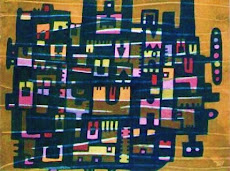


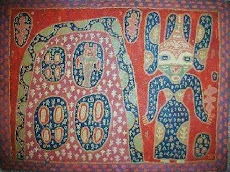






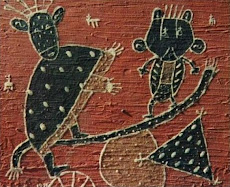


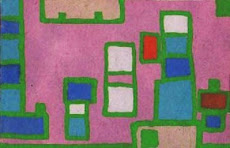




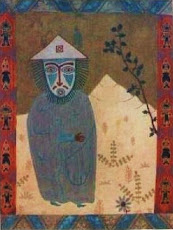



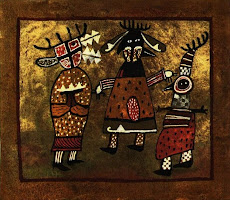






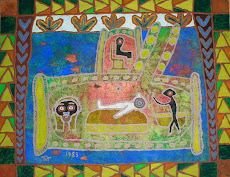




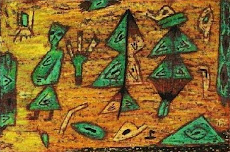
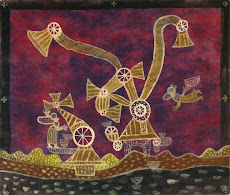






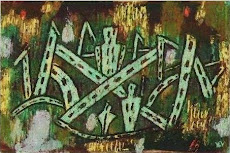
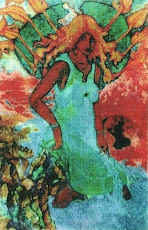

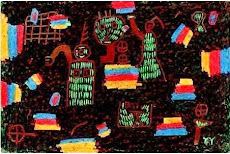
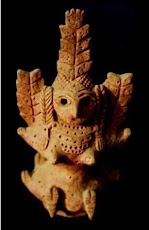
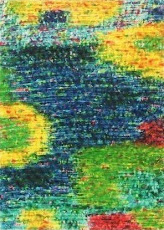




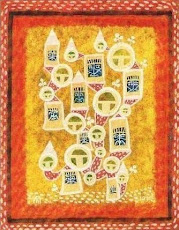
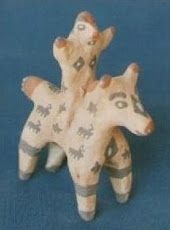
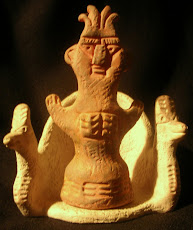
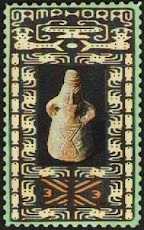
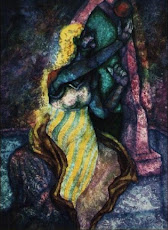
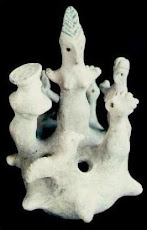

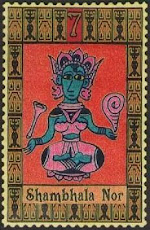

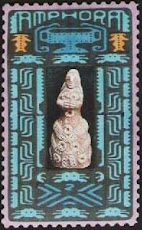
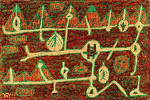

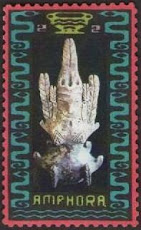



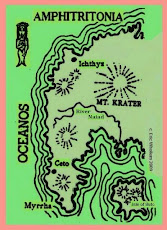
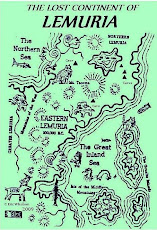
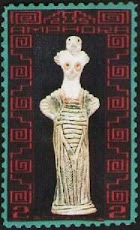



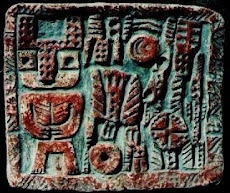

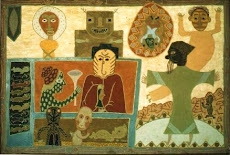





No comments:
Post a Comment
Inquiries, reactions, observations, favorites, commentary. Share with others.